How a geochronologist learns to “read rocks”
This post was written by Elizabeth Niespolo, a Postdoctoral Fellow in Geochemistry in the Division of Geological and Planetary Sciences at the California Institute of Technology in the US.
The Earth is a dynamic system. Understanding its past, including the environmental conditions under which humans evolved, requires a myriad tool kit. Rocks are like time capsules, chapters in Earth’s history book, and they provide context for the environments in which our human ancestors subsisted.
But we have to be able to “read” the rock record to understand what it is telling us about the past. The rock, fossil and archaeological records occur in the three dimensions of space. To correlate events across vast areas, we need to pin the fourth dimension of time at each site of interest.
Geochronology, the science of working out how old rocks are, provides this fourth dimension and puts a time axis on prehistoric records. The most well-understood techniques (or “geochronometers”) utilise radioactive elements trapped in rock-forming minerals, which decay into other elements at a known rate, to tell time.
Geochronologists must also understand the relationships between different geologic, physical, and chemical processes, and how this will impact the meaning of a calculated age. This often requires fieldwork and other laboratory techniques to corroborate our results and interpretations. I collaborate with other geologists as well as biologists and paleoanthropologists to develop integrated interpretations about paleoecology and human evolution.
I am a Postdoctoral Fellow in Geochemistry in the Division of Geological and Planetary Sciences at the California Institute of Technology. In one word, I am a geochronologist. I want to refine our understanding of what environmental conditions were like when humans were evolving, developing stone tools and agriculture, and expanding their geographic range within and out of Africa.
For these questions, I need geochronometers capable of producing precise and accurate ages ranging from the nearly modern day back to ~6 million years ago, when our human ancestors first evolved in Africa.
I spent my Phd at the University of California, Berkeley, working on refining well-understood geochronometers and developing new techniques. I am very excited about one technique I’ve developed with one of my PhD advisors, Dr Warren Sharp, to date ostrich eggshells using Uranium series (or U-series) geochronology.
Ostrich eggshell fragments are frequently found at Pleistocene archaeological sites, as the eggs were utilised as a food source, and the shell material was discarded or used for personal items like beads and possibly water canteens. They are made of low-Magnesium calcite, making them geochemically suitable for U-series dating and resistant to alteration over geological timescales (over hundreds of thousands of years).
With new precise and accurate techniques, like U-series burial dating of ostrich eggshell, we may be able to put previously overlooked archaeological sites on the dynamic map of human evolution by providing that fourth dimension of time. This would allow scientists to compare these previously un-dated archaeological records with other well-dated sites. In this way, we can paint a more comprehensive and inclusive picture of how humans evolved and subsisted in prehistory.
In March, I came to the University of Cape Town to visit Dr Robyn Pickering and Dr Vincent Hare and to meet with students at HERI. We held a roundtable discussion where I enjoyed engaging with students of the departments of Geology and Archaeology. We talked about our research interests and our paths to academia, which ranged from straight and narrow, to winding and broad, like mine. Being the first person in my family to get a college degree, navigating the academic system was a big challenge.
I studied other subjects during my bachelor’s degree, and it took odd jobs, travel, rare research opportunities, and personal reflection, to discover that the intersection of my interests and my talents lie in a physical field science like Geology. I learned what I could do every day with satisfaction, and, just as important, what I could absolutely NOT do every day without going crazy!
My favourite part of what I do is the constant learning and travel to new places. I am never bored, I meet people from all over the world, and I am always being challenged.
I had a fantastic visit with HERI associates, learning about new places we may be able to date with ostrich eggshells. I look forward to future visits at HERI and collaborating with UCT professors.
